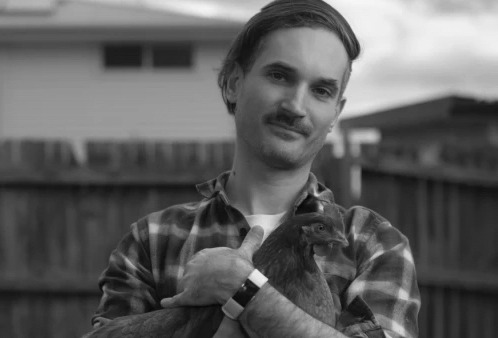
John Berger’s famous 1972 television series Ways of Seeing opens with an argument that visual technologies like photography, and the mechanical reproduction and distribution they enable, free pictures from the confines of their singular location. By doing this, Berger argues, the photograph changed the very logic of vision itself. With images able to travel freely they can be seen from anywhere, by anyone. What becomes possible is seeing in a whole host of contexts previously impossible. He points out the strange juxtaposition that ensues:
Boticelli’s Venus and Mars used to be a unique image which it was only possible to see in the room where it was actually hanging. Now its image, or a detail of it, or the image of any other painting that is reproduced, can be seen in a million different places at the same time. As you look at them now, on your screen, your wallpaper is around them. Your window is opposite them. Your carpet is below them. At this same moment, they are on many other screens, surrounded by different objects, different colours, different sounds. You are seeing them in the context of your own life. They are surrounded not by gilt frames, but by the familiarity of the room you are in and the people around you.
If photography and the moving image exploded the logic of vision from one viewer, one image (both in a highly specific context) becoming many viewers and many images, across many different contexts, then the internet has clearly turned this dynamic up to 11. Audiences of digital art are just as likely to encounter it on their phones as in a gallery, to see the art while surrounded by the cacophony of the everyday and the familiar. As painter and illustrator David Surman discussed in a 2018 artist talk concluding his gallery show ‘Paintings for the Cat Dimension’, the effect of the internet has been just as profound as the photograph:
I think painting after the internet is a paradigm shift. I think internet culture has restructured everyone’s thinking, it has to be accounted for. But it doesn’t mean a technological aesthetic, it has more to do with the structural logic. If you think about a browser window with multiple tabs [open], and the incredible discontinuity of your banking, your amazon page, your social media, pornography, writing a letter to your friend. That cultural logic has to come into painting. Radical discontinuities within painting feel much more normal, much more suited to where you are at.
I suspect that we are also able to see the beginnings of another major shift or disruption to the dominant cultural logic. This time, however, the shift is not being driven by a communications technology so much as by the overripe, putrid fruit of two hundred years of fossil capitalism. This fruit is borne into the world as greenhouse gas emissions, altering the very chemistry of the air and seas that sustain life. The world is only just waking up to what it truly means to live through a time of climate change, and the profound way that it reconfigures our thinking, and the new demands it places upon artists, cultural practitioners, human beings.
For me, awareness began just over a decade ago, with a piece by Bill McKibben in Rolling Stone in 2012 about ‘Global Warming’s Terrifying New Math’. Despite being aware of the problem for years, living through frequent and intensifying Australian summers (including bushfires that came right up to our house), it wasn’t until McKibben quantified global CO2 that my own understanding started to take shape. The concrescence of a known quantity remaining in our global CO2 budget, placed alongside the equally quantified and much greater amount of fossil fuel reserves already discovered (even in 2012!), produced a dawning horror. That same creeping dread comes again with every reminder of the steady tick tick tick of higher and higher atmospheric concentrations of CO2, punctuated by moments of visceral horror in the form of climate disasters. It can either be paralysing or existentially motivating. I choose the latter, and pivoted my academic research to digital games and their intersection with climate issues.
Whatever the genesis of this feeling in individuals is, it’s becoming clear that more and more of us are having them, and trying to figure out how on earth to respond. How do we live and work in a context of a disintegrating environmental stability? What does a meaningful response to climate change and the CO2 emissions that are driving it even look like in digital media? What does a climate conscious digital art practice involve?
One of the earliest groups I became aware of attempting to answer this question was centred around the Italian based Low Tech magazine. It’s an online publication which rejects the default, high-tech solutionism on offer, and instead regularly performs archaeologies of forgotten techniques and tools, more and more pertinent in light of climate constraints. Well ahead of mainstream sustainability awareness in digital media, Low Tech has been publishing for over a decade on topics as diverse as the surprising return of DC power networks, as well as practical solutions like how to build a low-tech internet, as well as more controversial and esoteric takes that might struggle to find wide acceptance. ‘Why the Office Needs a Typewriter Revolution’, ‘Recycling animal and human dung is the key to sustainable farming’ and other stories like these will be a bridge too far for some. Digital sobriety (or sobriété numérique, where it seems to have gained the most traction) is perhaps just a bit too constraining, a bit too lacking in appeal, for all its virtues.









